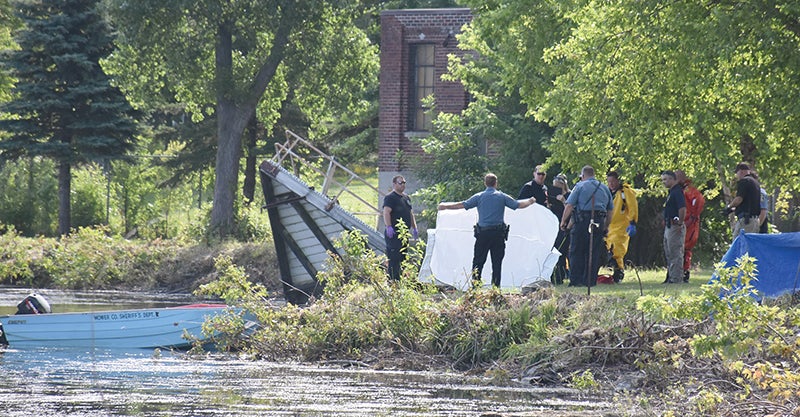Preventing bullying first requires definition
Published 10:33 am Monday, August 13, 2012
We are much in need of an authoritative, clear definition of “bullying.” Bullying is real and seriously unacceptable, but we need to agree upon precisely what it is so we can recognize it confidently, intervene effectively, and prevent it successfully.
A crisis has developed innocently enough. Several egregious cases have been widely disseminated first by social media and then picked up by commercial news media. It quickly came to be that almost anyone who doesn’t like the way he or she has been treated by someone peremptorily and gratuitously yells “bullying!” Others see the red flag self-servingly waved and associate the claim with actual bullying, and things are promptly out of control.
Some of the media are not only picking up episodes from social media but running with them. They are running not to warn the public but to beat out their competition. As they say in the business, “it makes good copy.” Without checking the facts, they broadcast it endlessly until the story is widely accepted as fact against the facts. When the media are persistently and bitterly after a single politician, is this not bullying?
A video was shown repeatedly of a hefty middle-school boy bodily picking up a smaller boy and throwing him to the ground. It looked terrible. What the news media failed to learn is that from the original video there had been deleted what precipitated this apparent bullying. The smaller boy was persistently taunting the larger boy about his weight, and even without the authoritative definition I seek, it seems to me this is bullying. The larger boy simply took in hand to put bullying to an end in the only way he knew, however problematic it was.
Reality and reasonableness requires us to recognize there is a line between actual bullying, on the one hand, and childish teasing and good-natured kidding on the other. There is also a line between standing up for your rights and engaging in the give-and-take of social interactions. Where that line lies or is to be drawn cannot be stipulated in the abstract and be useable in concrete situations. Whether a given act is a one-time incident or part of a pattern is one of the considerations necessary. The cultural and social background and the immediate context is another. What we demand of individuals must also be age-appropriate.
We need to exercise patience with children while they are learning what bullying is and how to cope with it. They need reasonable space to learn by making mistakes. Then the line needs to be drawn as to where learning opportunities have ended and where they are held morally accountable for not having learned.
I seek, then, a workable and working conceptual understanding of the nature and parameters of bullying. We need to identify emotional and social boundaries within which we behave and the crossing of which will not be tolerated. You should not be surprised or frustrated that I do not now lay down a valid and authoritative definition that everyone will immediately accept and completely solve the problem. I do not have one. At least not yet. But I am thinking and encouraging others to think together until we formulate one.
I am convinced of this much. Each family needs to come to an agreement as to what constitutes bullying within your own family. The treatment of younger siblings by the older is always important. How one gender treats the other is also significant. Yet, the children is not where confronting bullying should start within the family. There must also be no bullying by the parents of their children. There must not be any bullying of the wife by the husband, or of the husband by the wife. When children see bullying in their parents, they will bully each other. When children see parents treat each other well and when they are themselves treated well, they will so treat each other.
When families have eliminated their own bullying, bullies will not come from such families. I still look for a conceptual understanding of the nature and extent of bullying, but perhaps we need to begin by personal demonstration of what bullying is not.





